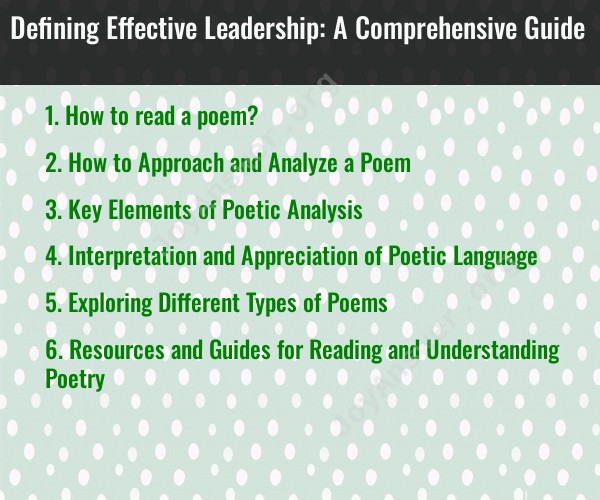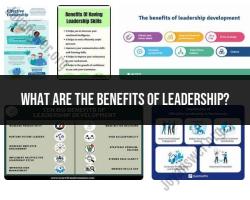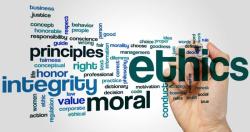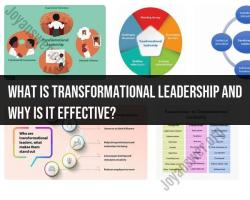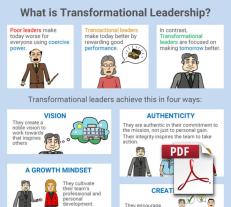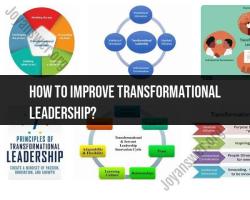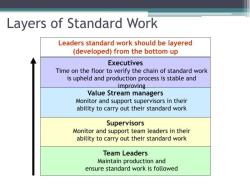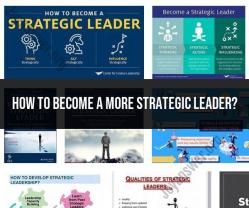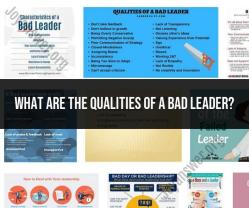How to read a poem?
Reading a poem can be a deeply enriching experience. Here are some steps to guide you through the process of reading and understanding a poem:
Read the Poem Aloud:
- Start by reading the poem aloud. Poetry often relies on sound, rhythm, and musicality, so hearing the words can enhance your understanding and appreciation of the poem.
Title and Author:
- Begin by reading the title and noting the author. The title can provide initial clues about the poem's theme or subject.
Initial Impression:
- After reading the poem once, note your initial impressions. What emotions, images, or ideas come to mind? What do you think the poem is about?
Structure and Form:
- Examine the poem's structure and form. Consider the length of lines, stanzas, rhyme schemes, and rhythm. These elements can offer insights into the poem's style and tone.
Imagery and Figurative Language:
- Pay attention to imagery, metaphors, similes, and other forms of figurative language. These devices can provide vivid descriptions and add depth to the poem.
Theme and Subject:
- Determine the poem's central theme or subject. What is the poet trying to convey or explore? Consider the poem's narrative or narrative elements.
Tone and Mood:
- Identify the tone and mood of the poem. Is it celebratory, melancholic, reflective, or ironic? These elements contribute to the overall feeling of the poem.
Symbolism:
- Look for symbolism or symbolic elements in the poem. Some objects or elements may represent abstract concepts or themes.
Narrator and Point of View:
- Analyze the narrator's perspective and point of view. Is the poem narrated in the first person, third person, or another viewpoint? How does this affect your understanding of the poem?
Character and Speaker:
- If there are characters or a speaker in the poem, consider their roles and significance. Are there dialogues or interactions between characters?
Repetition and Patterns:
- Note any repeated words, phrases, or patterns. Repetition can emphasize key ideas or themes within the poem.
Context and Historical Background:
- Research the historical and cultural context in which the poem was written. Understanding the context can provide insights into the poem's meaning.
Interpretation:
- Formulate your interpretation of the poem. What do you believe the poet is trying to convey? Consider multiple interpretations, as poems often have layers of meaning.
Discuss and Share:
- Engage in discussions with others about the poem. Sharing your thoughts and hearing different perspectives can deepen your understanding.
Revisit and Reflect:
- Revisit the poem multiple times. Each reading may reveal new insights and nuances. Reflect on the emotional impact and personal significance of the poem.
Read About the Poet:
- Research the poet's biography and other works. Understanding the poet's life and other writings can shed light on their unique style and perspective.
Remember that poetry is open to interpretation, and there is often no single "correct" way to read a poem. Your understanding and appreciation of the poem can evolve over time and with multiple readings. Don't be afraid to embrace your personal interpretation and emotional response to the poem. Poetry is a subjective art form, and your connection to it is a valuable part of the reading experience.
How to Approach and Analyze a Poem
Approaching and analyzing a poem involves a thoughtful and multi-layered process of engaging with the text, considering its various elements, and forming a personal interpretation. Here's a step-by-step guide to effectively analyze a poem:
Read Carefully and Repeatedly: Begin by reading the poem multiple times, allowing the words and phrases to sink in. Each reading can reveal new nuances and layers of meaning.
Consider the Title and Form: Pay attention to the poem's title, as it often provides clues to the central theme or mood. Also, examine the poem's form, such as sonnets, haiku, or free verse, as it can influence the overall structure and rhythm.
Identify Literary Devices: As you read, identify literary devices such as metaphors, similes, personification, imagery, symbolism, and figurative language. These devices contribute to the poem's meaning, tone, and emotional impact.
Analyze Language and Diction: Examine the poet's word choice, paying attention to specific words, phrases, and their connotations. Consider how the language contributes to the poem's overall tone, atmosphere, and message.
Explore Speaker, Audience, and Context: Consider the poem's speaker, the voice behind the words, and the intended audience. Understanding the historical, social, or personal context in which the poem was written can provide additional insights.
Examine Sound and Rhythm: Listen to the poem's sounds and rhythm. Notice the use of alliteration, assonance, consonance, and rhyme schemes. These elements contribute to the poem's musicality and overall effect.
Formulate a Personal Interpretation: Based on your analysis, develop a personal interpretation of the poem's meaning, theme, and message. Consider how the various elements work together to create a cohesive and meaningful whole.
Support Your Interpretation with Evidence: Back up your interpretation with specific examples from the poem, citing relevant lines, phrases, and literary devices that support your understanding.
Seek Additional Perspectives: Consult literary criticism, essays, and commentaries on the poem to gain different perspectives and interpretations. This can enrich your own understanding and expand your critical thinking.
Revisit and Revise: Approach the poem again with your newfound understanding, allowing your interpretation to evolve as you delve deeper into the text. Be open to revising your interpretation as you discover new layers of meaning.
Key Elements of Poetic Analysis
When analyzing a poem, focus on these key elements to gain a deeper understanding of the text:
Theme: The central message or idea that the poem conveys.
Tone: The overall mood or atmosphere created by the language and imagery.
Imagery: The use of vivid language to create sensory experiences for the reader.
Symbolism: The use of objects, actions, or events to represent deeper meanings or ideas.
Figurative Language: The use of literary devices such as metaphors, similes, personification, and hyperbole to enhance the language and convey meaning.
Structure and Form: The organization and arrangement of the poem, including rhyme scheme, meter, and stanza structure.
Speaker and Audience: The voice behind the poem and the intended recipient of the message.
Sound and Rhythm: The musicality of the poem, including alliteration, assonance, consonance, and rhyme schemes.
Interpretation and Appreciation of Poetic Language
Poetic language is often characterized by its beauty, complexity, and ability to evoke emotions and stimulate thought. To appreciate poetic language, consider these aspects:
Conciseness and Precision: Poets carefully choose their words, packing meaning and emotion into concise phrases.
Figurative Language: Literary devices like metaphors, similes, and personification add layers of meaning and imagery, expanding the poem's scope.
Sensory Details: Poets engage the reader's senses through vivid descriptions, making the poem more immersive and impactful.
Musicality and Rhythm: The poem's sound and rhythm contribute to its overall effect, creating a sense of flow, tension, and emotional resonance.
Evocation of Emotions and Thought: Poetic language can stir emotions, provoke questions, and challenge the reader's perceptions.
Exploring Different Types of Poems
Poetry encompasses a wide range of forms and styles, each with its own unique characteristics and conventions. Exploring different types of poems can broaden your appreciation for the art form:
Sonnets: Fourteen-line poems with specific rhyme schemes and meter, often exploring themes of love, beauty, and mortality.
Haiku: Three-line poems with a 5-7-5 syllable structure,
